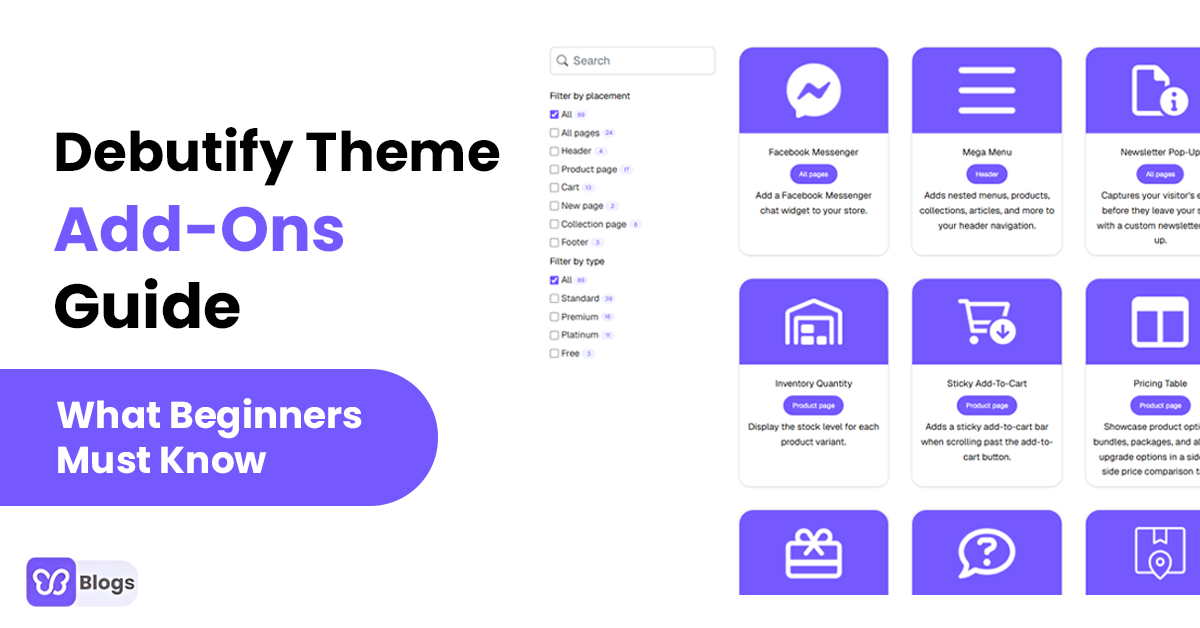UGC can take on many forms, each with its own unique benefits.
Some popular types of user-generated posts include product pages and social media posts. Or visual UGC such as photos and videos. Including user generated reviews and user-generated ads.
Need some inspiration?
Take a look at companies like Glossier, which use customer photos in their marketing campaigns. Or Airbnb, which features user reviews on its website.
The possibilities are endless!
Posts on social media platforms
Social media is where people share their lives. So when they include your product or service in their posts, it can do wonders for your brand.
Think of brands like Red Bull, which created a whole media empire around user-generated content. Or Oreo, which uses social media platforms to showcase how people use their cookies creatively.
Reviews and Ratings
Reviews and ratings are like digital high-fives that can make or break your business. Positive reviews can help build trust and credibility with potential customers, while negative reviews can help you identify areas for improvement.
Think of companies like Amazon or Yelp, where customer reviews are critical to their business model.
Testimonials
Testimonials are like the superhero capes of UGC. They showcase real people who have benefited from your product or service and can help persuade potential customers to buy from you.
Think of companies like Slack, which use customer testimonials in their marketing campaigns to highlight the benefits of their communication platform.
Photos and Videos
A picture is worth a thousand words, and a video is worth a million. People love to share visual content, and when they create it themselves, it can be a powerful tool for your brand.
Think of brands like GoPro, who feature user-generated videos in their marketing campaigns, or Airbnb, who encourage guests to share photos of their stays.
That's why it is important to get user generated content images.
Blogs and Articles
Blogs and articles are the written equivalent of UGC. When your customers create blog posts or articles about your product or service, it can help drive traffic to your website and improve your SEO.
Think of companies like HubSpot, which encourages customers to write about their experiences with their marketing platform, or Buffer, which feature guest posts from customers and industry experts on their blog.
So, there you have it, folks!
UGC can come in many forms, each with its own unique benefits. By leveraging UGC, you can create a more authentic, engaging, and trustworthy brand that resonates with your audience.








